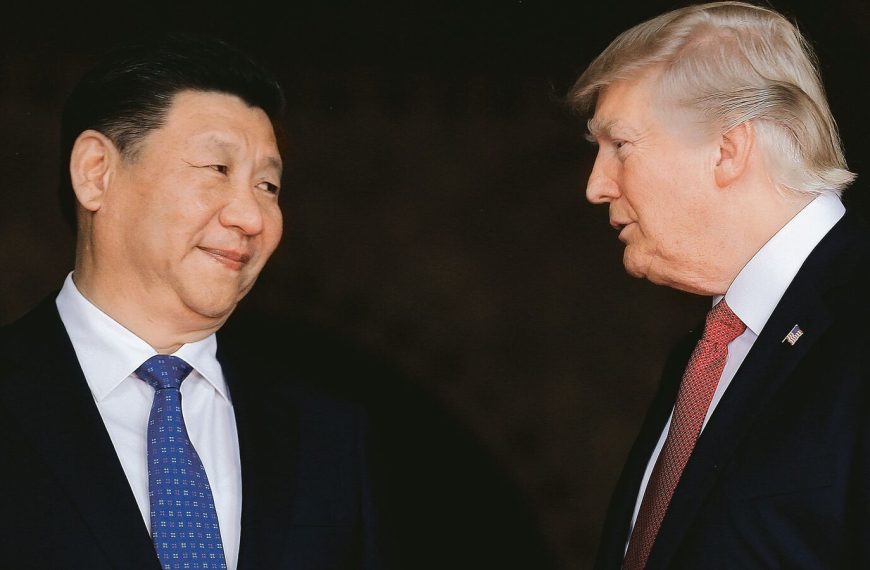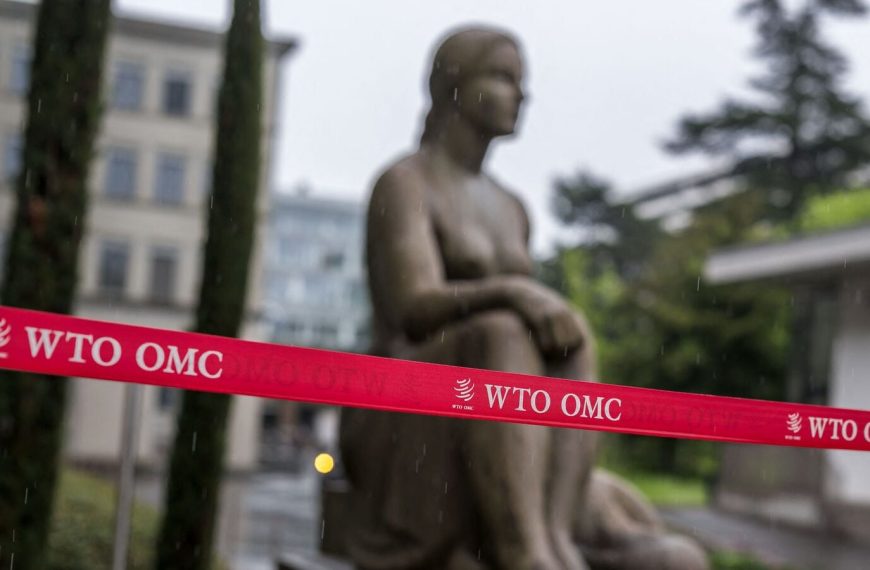In recent times, many Indian states are grappling with financial challenges, primarily due to the escalating costs associated with welfare programs. According to a report from Emkay Global, this fiscal strain is likely to lead to a reduction in capital investments, significantly impacting future development projects. As states look for ways to manage their expenditures, the implications of their current fiscal strategies are becoming increasingly evident.
Fiscal Pressure on States
The Emkay Global report sheds light on the growing fiscal pressure faced by various states, indicating that the trend is expected to worsen. While states may attempt to streamline their spending on welfare initiatives, the reality is that the financial burdens have already been set in motion.
- Projected Spending Reductions: For the Financial Year (FY) 2025, it is anticipated that states will cut back on expenditures to manage their fiscal deficit, with estimates suggesting a reduction of 20-30 basis points from the budgeted 3.2%.
- Comparison with Previous Fiscal Year: The projected 3% deficit for FY25 will still be higher than the 2.8% recorded in FY24, indicating ongoing fiscal stress in numerous states.
Budget Analysis for FY26
An examination of the budgets for FY26 reveals concerning trends among major states. Out of ten significant state budgets analyzed, half are either experiencing a decline or no change in their revenue balance-to-GDP ratios, while an equal number are facing increased fiscal deficits.
- Welfare Spending Cuts: States like Maharashtra have already begun to scale back on welfare programs. Specifically, funding for the ‘Ladki Bahin’ initiative has been reduced from ₹460 billion in FY25 to ₹360 billion in FY26, as the state seeks to eliminate "ineligible beneficiaries."
- Impact on Revenue Deficit: The revenue deficit-to-GDP ratio is projected to rise from 0.6% in FY25 to 0.9% in FY26, driven by the ₹2,100 monthly payouts to women under the aforementioned scheme.
Rising Borrowing Trends
In a concerning shift, states have borrowed a staggering ₹1.5 trillion this month, marking a 26% increase compared to the previous borrowing of ₹1.2 trillion. This surge comes despite a backdrop of reduced borrowing throughout the remainder of Q4 FY25.
- Spending vs. Borrowing: Alarmingly, this increase in borrowing has not translated into higher spending, as data from 19 states until February 25 shows only a 10% growth in total expenditure, falling short of the 20% that had been budgeted.
Conclusion: An Urgent Need for Reassessment
The financial landscape for many states in India is becoming increasingly precarious. With a higher unspent balance noted in various Centrally Sponsored Schemes, it’s clear that fiscal discipline is imperative. States must reassess their financial strategies to ensure sustainable growth and avoid long-term economic repercussions.
In summary, as the fiscal challenges mount, particularly regarding welfare spending and capital investments, the need for effective financial management has never been more crucial. States must navigate these turbulent waters carefully to safeguard their economic future.











